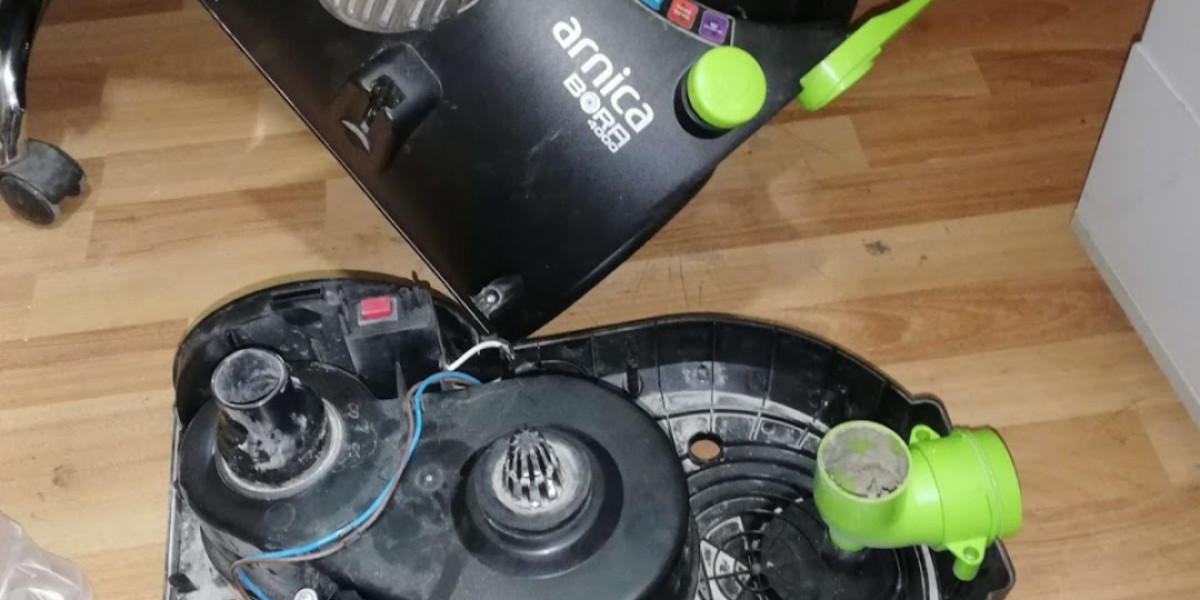LASIK surgery is highly effective for correcting refractive errors like nearsightedness, farsightedness, and astigmatism. One of the most critical steps before undergoing LASIK is corneal topography, a diagnostic test that maps the cornea's surface.
This test helps eye surgeons determine the most precise treatment plan, ensuring better visual outcomes and minimizing risks. Corneal topography plays a crucial role in assessing the cornea's shape, curvature, and irregularities, making LASIK safer and more effective.
What Is Corneal Topography?
Corneal topography is an advanced imaging technique that creates a detailed, three-dimensional cornea map. The cornea, the clear, dome-shaped front part of the eye, is responsible for most of the eye’s focusing power. Any irregularities in its shape can affect vision. Corneal topography allows ophthalmologists to analyze these irregularities and customize LASIK treatment for each patient. The test is painless, noninvasive, and takes only a few minutes to complete.
Why Is Corneal Topography Important for LASIK?
Before performing LASIK, surgeons must evaluate whether a patient is a suitable candidate for the procedure. Corneal topography provides crucial information, such as corneal thickness, curvature, and any pre-existing irregularities. This helps in:
Determining if the cornea is thick enough for LASIK
Identifying any signs of keratoconus or other corneal diseases
Customizing laser treatment for precise vision correction
Reducing the risk of postoperative complications
Enhancing the accuracy of the LASIK procedure for better results
Using corneal topography, surgeons can personalize LASIK treatment to match each patient’s unique eye structure, improving vision and faster recovery.
How Does Corneal Topography Work?
During corneal topography, a unique device projects light rings onto the cornea. These rings reflect and are captured by a camera, creating a detailed map of the corneal surface. The system then analyzes the data to measure corneal curvature, elevation, and shape. The results are displayed as a color-coded map, where different colors indicate variations in corneal height and steepness.
This information allows surgeons to detect any irregularities in the cornea and make necessary adjustments in the LASIK procedure. It ensures the laser reshapes the cornea with maximum precision, leading to more precise and stable vision.
Types of Corneal Topography Used in LASIK
Different technologies perform corneal topography, each providing specific details about the corneal surface.
Placido Disc Topography
This method analyzes the reflection pattern on the cornea using concentric rings of light. It is widely used to detect irregular astigmatism and measure corneal curvature.
Scheimpflug Imaging
This technique captures multiple images of the cornea from different angles, creating a detailed three-dimensional model. It is beneficial for measuring corneal thickness and detecting abnormalities.
Wavefront-Guided Topography
This advanced technology measures how light travels through the eye, identifying even the most minor distortions. It allows for highly customized LASIK treatments, reducing the chances of postoperative complications like glare and halos.
Can Corneal Topography Detect Eye Problems Before LASIK?
Yes, corneal topography is essential for identifying eye conditions that may affect LASIK candidacy. Some conditions that can be detected through this test include:
Keratoconus: A progressive thinning and bulging of the cornea that makes LASIK unsafe.
Corneal Scarring: Any previous trauma or infection that has left scars on the cornea.
Irregular Astigmatism: Uneven cornea curvature that may require specialized LASIK techniques.
Dry Eye Syndrome: If the corneal surface appears irregular, it may indicate underlying dryness that needs treatment before LASIK.
By detecting these issues early, surgeons can recommend alternative vision correction methods if LASIK is unsuitable.
How Does Corneal Topography Improve LASIK Results?
Corneal topography ensures that LASIK is performed with the highest level of accuracy. It allows the laser to reshape the cornea in a way that optimizes vision correction while minimizing side effects. Some of the key benefits include:
Enhanced Precision: Customizing the laser treatment based on topography maps ensures that only the necessary areas of the cornea are reshaped.
Reduced Risk of Complications: By identifying irregularities before surgery, surgeons can avoid potential postoperative problems like corneal ectasia.
Better Night Vision: Advanced topography-guided LASIK reduces higher-order aberrations that cause glare and halos at night.
Faster Recovery: More precise treatment leads to quicker healing and more stable vision.
Is Corneal Topography Used in All LASIK Procedures?
Yes, corneal topography is a standard part of LASIK pre-operative evaluation. It is essential for ensuring patient safety and optimizing surgical outcomes. Different LASIK techniques, such as traditional LASIK, wavefront-guided LASIK, and topography-guided LASIK, all rely on corneal topography for accurate treatment planning.
What Happens If Corneal Topography Shows Irregularities?
If corneal topography reveals any abnormalities, the surgeon will determine whether LASIK is still viable. In some cases, an alternative procedure like PRK (Photorefractive Keratectomy) or implantable contact lenses (ICL) may be recommended. If mild irregularities are detected, the surgeon may suggest treatments such as corneal cross-linking or dry eye management before proceeding with LASIK.
How Often Should Corneal Topography Be Done After LASIK?
After LASIK, corneal topography may be performed during follow-up visits to monitor healing and ensure the corneal shape remains stable. If a patient experiences vision fluctuations, night vision problems, or other symptoms, a topography scan can help determine if an enhancement procedure is needed. In most cases, LASIK results remain stable for many years, and additional scans are only required if new visual symptoms arise.
Can Corneal Topography Help with LASIK Enhancements?
Yes, corneal topography is valuable for planning LASIK enhancements. If a patient requires a second procedure to fine-tune vision correction, topography scans help determine the best approach. They provide detailed insights into how the cornea has healed and guide the surgeon in making precise adjustments.
Corneal topography is a vital component of LASIK surgery, ensuring that the procedure is performed with maximum accuracy and safety. By mapping the corneal surface in detail, topography allows for customized laser treatment, reducing the risk of complications and enhancing visual outcomes.
It is crucial in diagnosing corneal conditions, selecting suitable candidates for LASIK, and planning enhancements if needed. Patients undergoing LASIK can feel more confident knowing that corneal topography helps create a personalized and practical vision correction experience.








